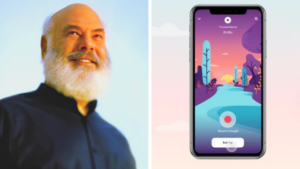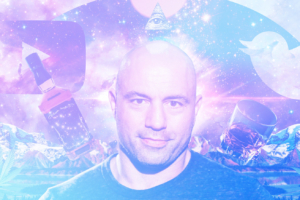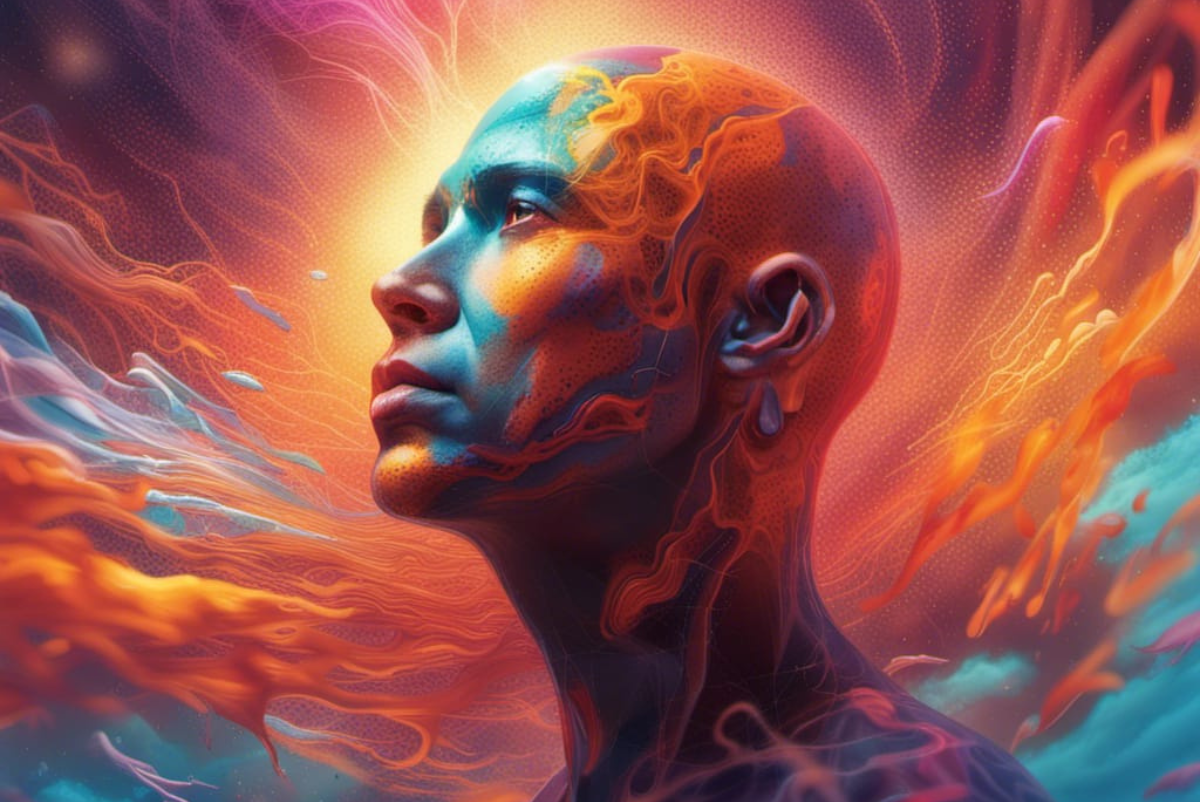
Have you ever wondered about the enigmatic realms of your mortality, and how it is shaped by extraordinary experiences such as near-death experiences and psychedelic trips? Picture yourself on the brink of passing into the great unknown, or perhaps feeling like death has arrived while you are on a surreal journey of kaleidoscopic psychedelic visions.
Near-death experiences, those inexplicable moments when life hangs in the balance, have been the subject of awe and curiosity for centuries. People who have had these encounters often report a profound shift in their perceptions of mortality, unveiling new perspectives that transcend the boundaries of the everyday world.
On the other hand, psychedelic trips, induced by substances like LSD, psilocybin, ayahuasca, or DMT, can trigger a different type of existential experiences. These mind-altering journeys can lead individuals into surreal landscapes of colors, patterns, and visions, unravelling the innermost fabric of consciousness, but at high doses, a person can begin to feel like they are dying or have an indescribable out-of-body experience that can alter their concept of what it means to be alive.
How would your life and thoughts on your mortality change after these types of revelatory experiences? This is what a new study titled Comparison of psychedelic and near-death or other non-ordinary experiences in changing attitudes about death and dying aimed to answer by shining a light on the profound transformations in our beliefs about death after near-death experiences and psychedelic trips.
Methodology: How Did Researchers Gather Their Data?

To gather their data, researchers recruited participants through internet advertisements, emails, and social media platforms related to experiences with psychedelic drugs or near-death experiences. They created two versions of the survey, one for people who had psychedelic experiences and another for those who had near-death or similar experiences.
The survey included multiple-choice and open-ended questions about the participants’ experiences, the type of drug they took (for psychedelic group), the duration of the experience, and whether their life was in danger during the experience. They were also asked to describe the context in which the experience happened.
Participants then answered questionnaires to assess their experiences and any lasting effects on their attitudes about death and be able to quantify the findings. They completed the Greyson Near-Death Experience Scale to quantify the aspects of their near-death experience, the Hallucinogen Rating Scale to assess the subjective characteristics of the acute experience, and the Revised Death Attitude Profile to measure their views about death before and after the experience.
A total of 15,956 respondents started the survey during the recruitment period. After applying eligibility criteria, excluding incomplete or inappropriate responses, and considering specific drug use, the final sample included 3,192 responses. Of these, 2,259 were in the Psychedelic Group, and 933 were in the Non-Drug Group.
Results: What Did Researchers Find?
What Where the Circumstances of Each Experience?
The first set of data researchers analyzed was the circumstances in which these experiences occurred. The people in the psychedelic group often reported having longer experiences, lasting an hour or more. On the other hand, those in the non-drug group had more brief experiences, lasting five minutes or less.
In terms of medical experiences, more people in the non-drug group reported being unconscious during their experiences, while the psychedelic group had a lower percentage of people being unconscious. However, the DMT group had a similar level of medical unconsciousness as the non-drug group.
Surprisingly, some people in the non-drug group reported that they were clinically dead during their experiences, but this was very rare for any of the drug groups.
The non-drug group was more likely to feel that their life was in danger during the experience, while most people in the psychedelic group didn’t feel that way. This pattern was seen in all the drug groups.
They also found that around 46% of the non-drug group described their experiences as “near-death” and 54% as “other non-ordinary.” Some even felt they were in imminent danger during these experiences.
Was One Type of Experience more Mystical in Nature?

When it came to specific aspects of the experiences, the psychedelic group tended to have more intense feelings of encountering something divine or god-like. On the other hand, the non-drug group reported stronger feelings of being reborn and obtaining information in a way that goes beyond the usual senses, like extrasensory perception. They also felt more in contact with deceased loved ones.
How do Near-Death Experiences and Psychedelic Trips Affect Our Concepts of Mortality?
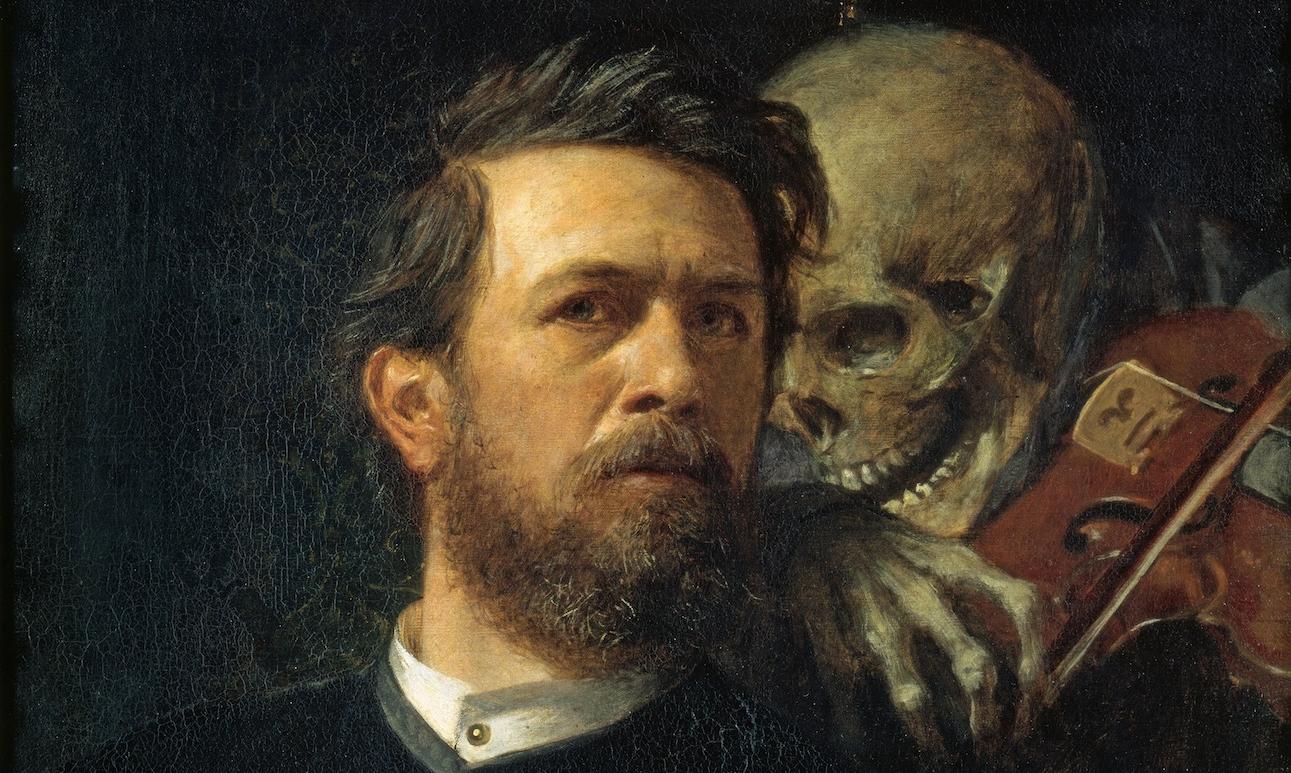
A large majority of participants in both groups, around 88% of the non-drug group and 89% of the psychedelic group, reported that their experiences led to a decrease in their fear of death. It’s like they found some comfort or understanding about the idea of death through their experiences.
Only a small percentage of people, about 5% in the non-drug group and 6% in the psychedelic group, reported an increase in their fear of death. This indicates that for the majority of participants, their experiences had a positive impact on how they viewed and felt about death.
Additionally, both groups also reported positive changes in other aspects related to death attitudes. They experienced more curiosity and interest in death, had better attitudes about the death of others, and had improved attitudes about their own death. These findings suggest that near-death experiences and psychedelic trips have a profound effect on how participants perceive and think about death, not just introspectively, but extrospectively as well.
How Does do Near-Death Experiences and Psychedelic Trips Compare to Other Lifetime Experiences?
The study also examined how participants rated the significance and impact of their experiences compared to other events they had encountered throughout their lives. Both groups rated their experiences highly in terms of personal meaning, spiritual significance, and psychological insight when compared to other lifetime experiences. This means that the experiences were considered very important and profound in their lives, leaving a lasting impression on their thoughts and emotions.
Interestingly, a significantly higher number of participants in the non-drug group rated their experiences as the most personally meaningful, spiritually significant, psychologically insightful, and challenging events they had ever encountered in their lives compared to the psychedelic group. This suggests that the near-death experiences and similar events have a particularly powerful impact on people’s lives, leaving them with a sense of deep meaning and significance.
Did These Experiences Cause Lasting Changes in People’s Lives?
After the experiences, participants from all groups reported similar patterns of persisting changes in their lives. The study’s findings suggest that both near-death experiences and psychedelic trips can lead to profound and meaningful changes in individuals’ lives. These changes were often moderate and positive, affecting different aspects of their wellbeing and outlook on life.
The most commonly reported changes included improvements in personal wellbeing or life satisfaction, a stronger sense of life’s purpose and meaning, enhanced social relationships, improved mood, and a deeper sense of spirituality.
It’s essential to note that these changes were not just short-term effects of the experiences but persisted over time. These results indicate that such experiences can serve as transformative moments, influencing how participants viewed themselves and their lives long after the experiences
How Did the Experience Differ Between Psychedelics?
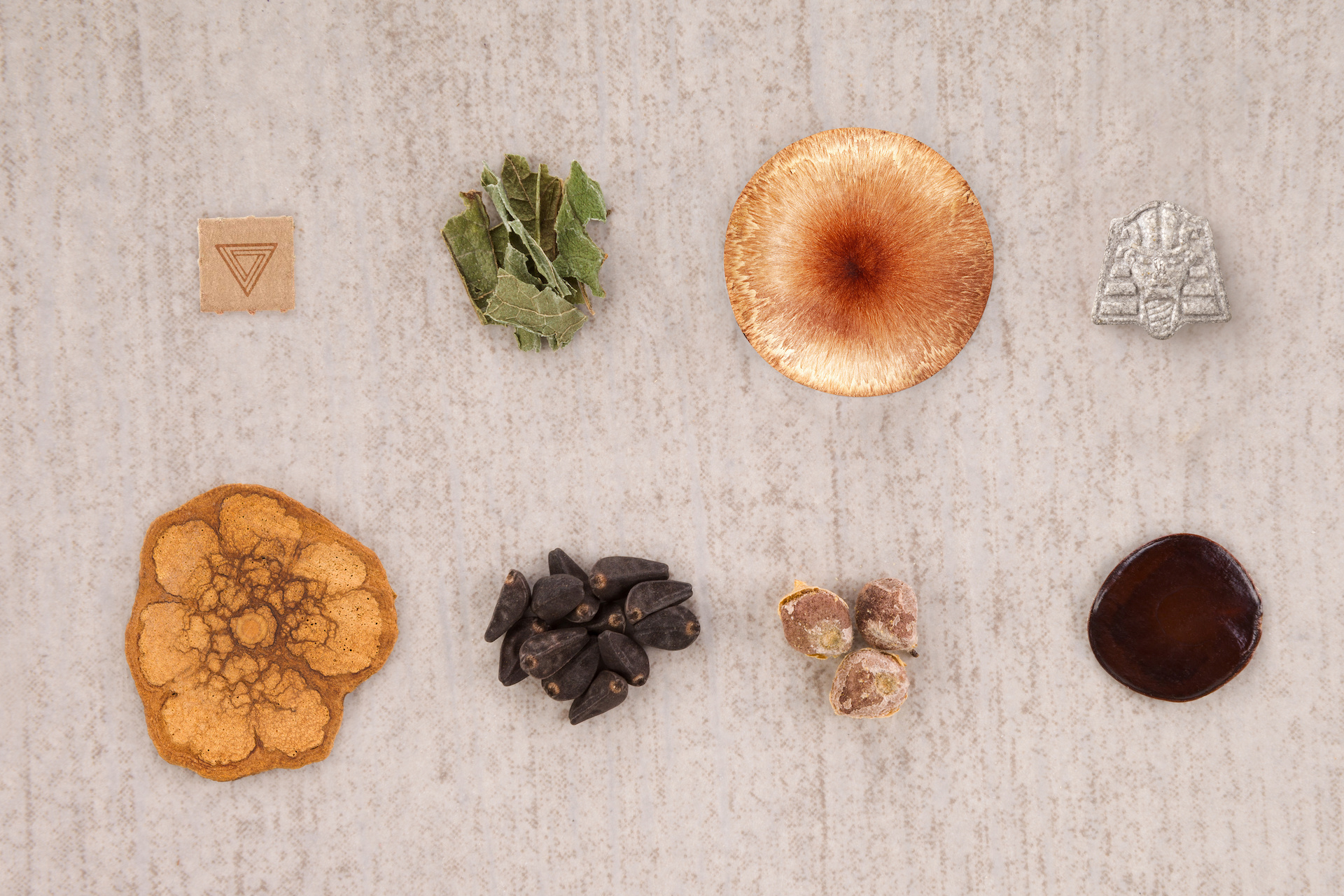
Aside from comparing between the non-drug using and drug-using groups, the researchers also compared the answers and demographics of the participants based on what psychedelic they took. What they found was that people who took psilocybin and LSD had very similar experiences.
The ayahuasca group was unique not just in the experiences, but demographically, too. This group was more likely to be older, female, college educated, and with higher incomes. Compared to the psilocybin and LSD groups, the ayahuasca group had significantly higher scores on the mystical experience and near-death questionnaires and indicated their experiences to be more personally and spiritually significant. Participants often reported a feeling of reliving their biological birth and an encounter with something someone might call “God.” Com
The DMT was demographically different than the ayahuasca group but not the psilocybin and LSD groups. As for their experiences, the DMT group reported having shorter experiences and feeling more likely to be completely unresponsive during the trip. Despite these differences, they had similar mystical and near-death experiences to the ayahuasca group. All the psychedelic groups had higher scores on the mystical and near-death questionnaires compared to those who had non-drug-induced near-death or extraordinary experiences.
Strengths and Limitations of the Study
It is important to analyze the strengths and limitations of any research. According to the authors, the strengths of the study include a large sample size and the use of common measures to compare near-death experiences and psychedelic trips. However, there are some limitations. The study relied on self-reported data, which may not be completely accurate. Also, the participants were a self-selected group, mostly male, White, Non-Hispanic, and from the United States, so the findings may not apply to everyone. The study’s design doesn’t allow for strong conclusions about cause and effect, and there could be other factors influencing the results. Additionally, the study focused on specific psychedelic compounds, and other substances could produce different experiences. Finally, the definition of “near-death experience” used in the study may not fully capture the different types of transformative experiences people have. Future research could explore these areas more thoroughly through interviews or follow-up questions.
Conclusion
In conclusion, this study compared the way near-death experiences and psychedelic trips that changed perspectives on death and dying. Both types of experiences showed similarities in the features and changes they brought about. Participants in both groups reported decreases in fear of death, positive changes in attitudes about death, and improvements in personal well-being and life purpose. Overall, this study suggests the need for further research to understand the mechanisms and potential clinical benefits of these transformative experiences in coping with fear of death and improving well-being.


